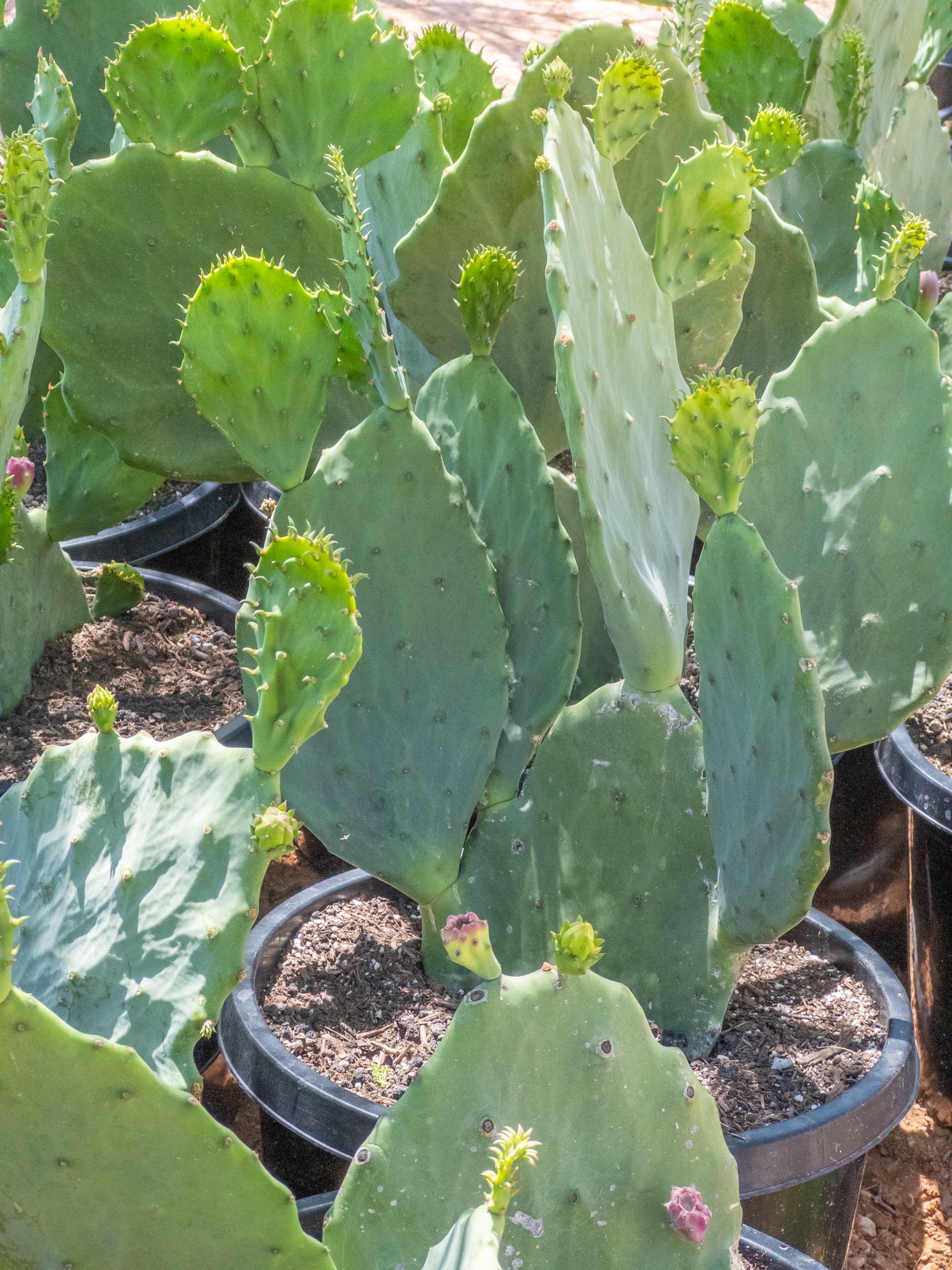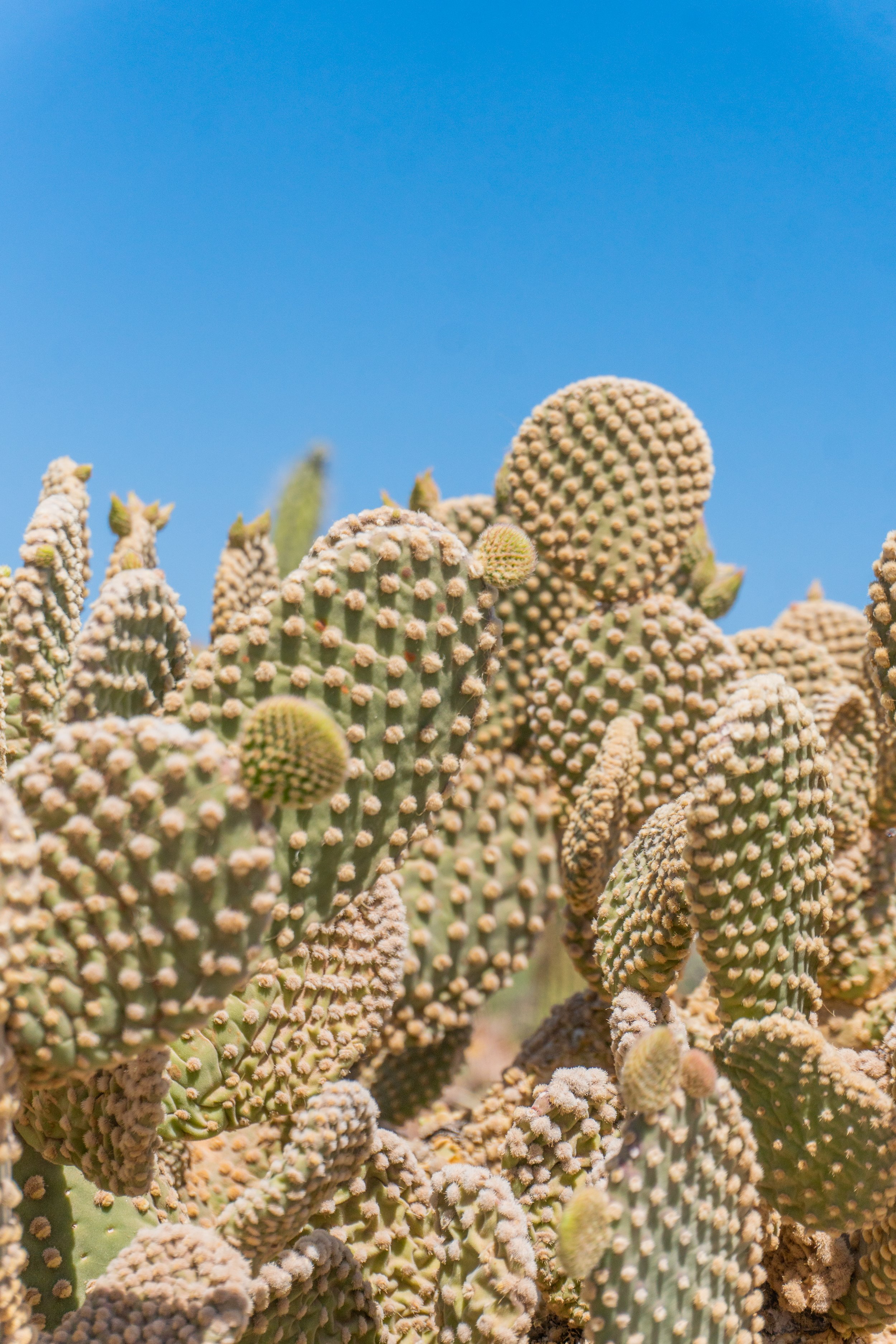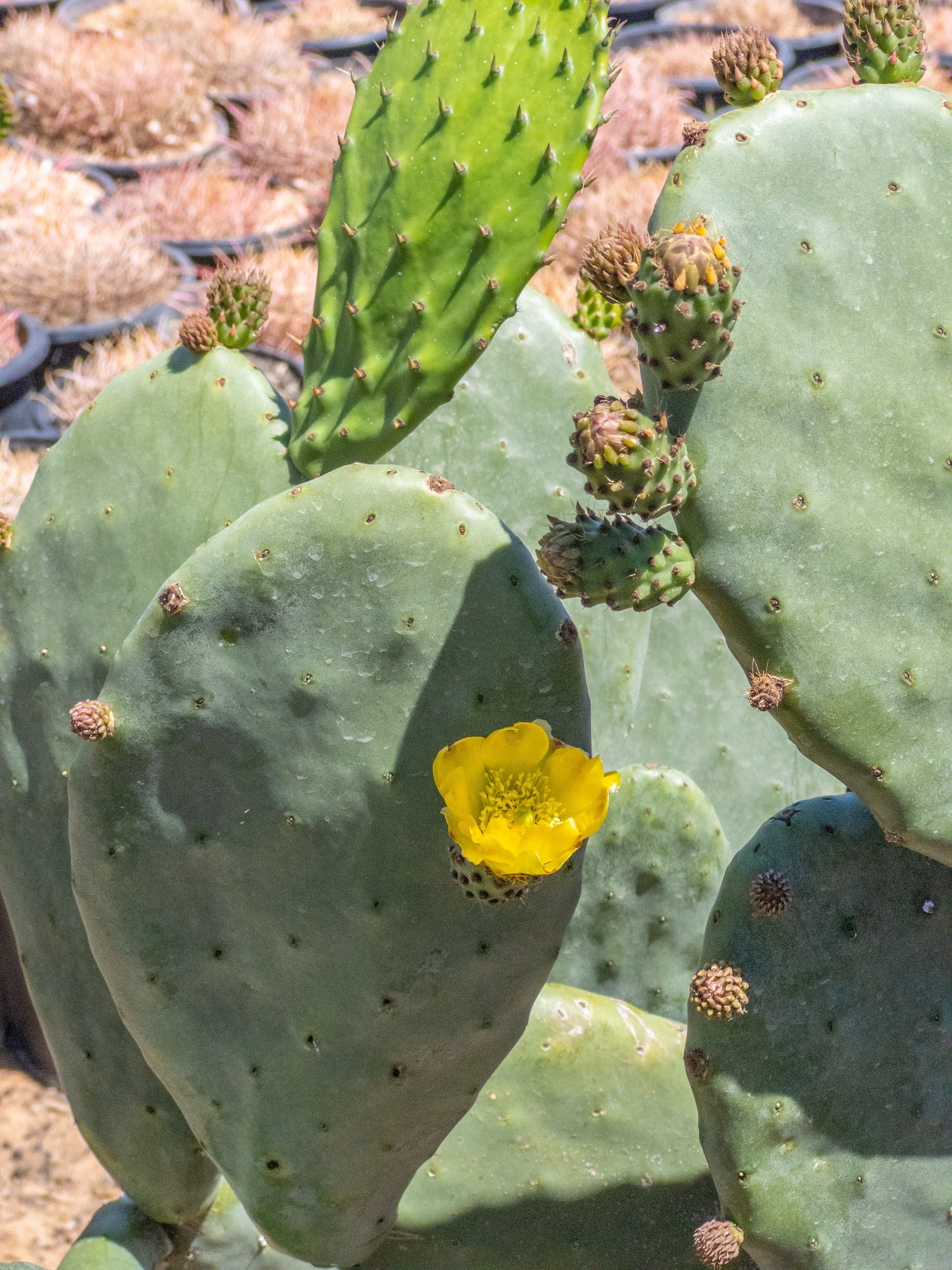 Image 1 of 5
Image 1 of 5

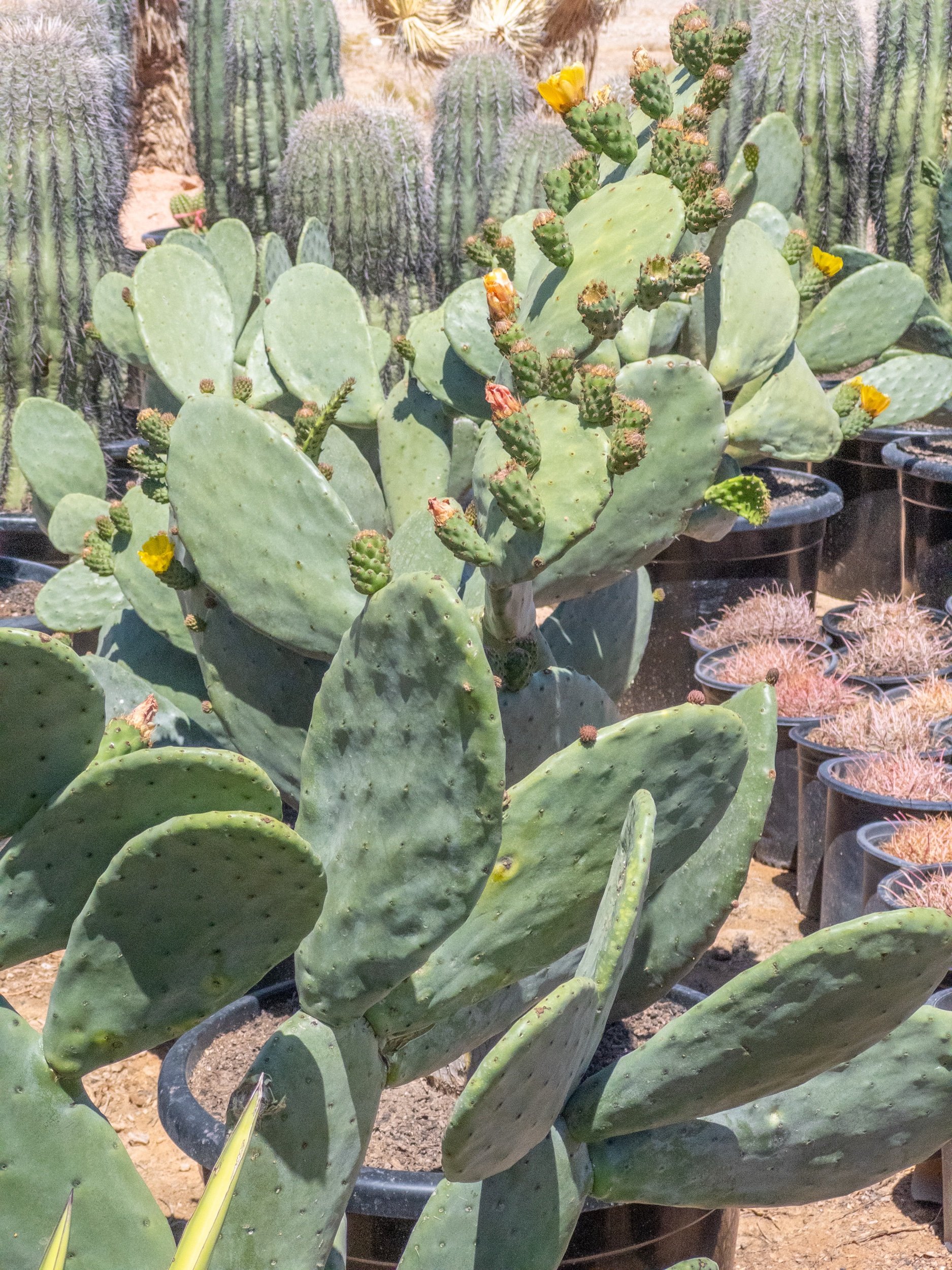 Image 2 of 5
Image 2 of 5

 Image 3 of 5
Image 3 of 5

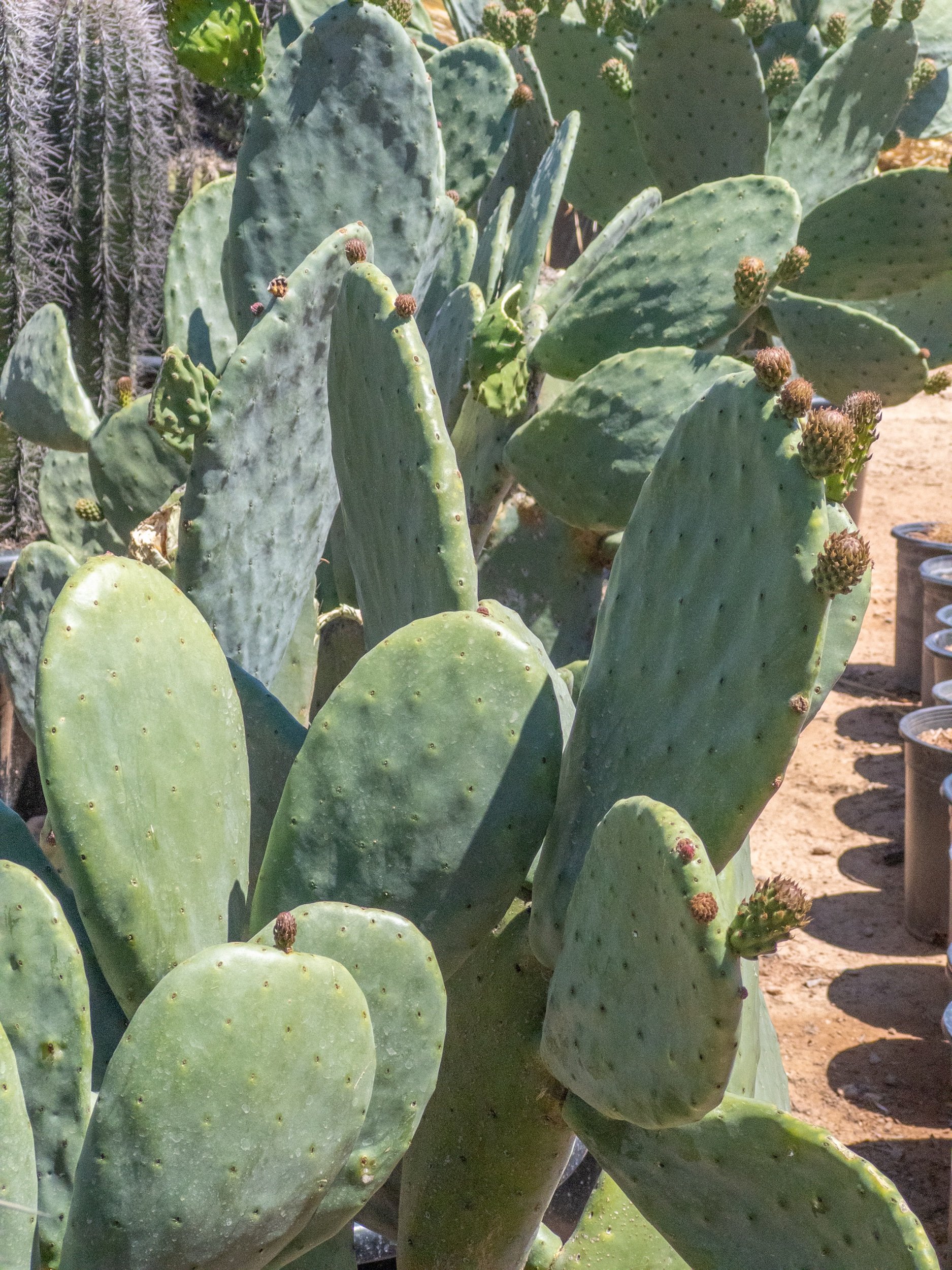 Image 4 of 5
Image 4 of 5

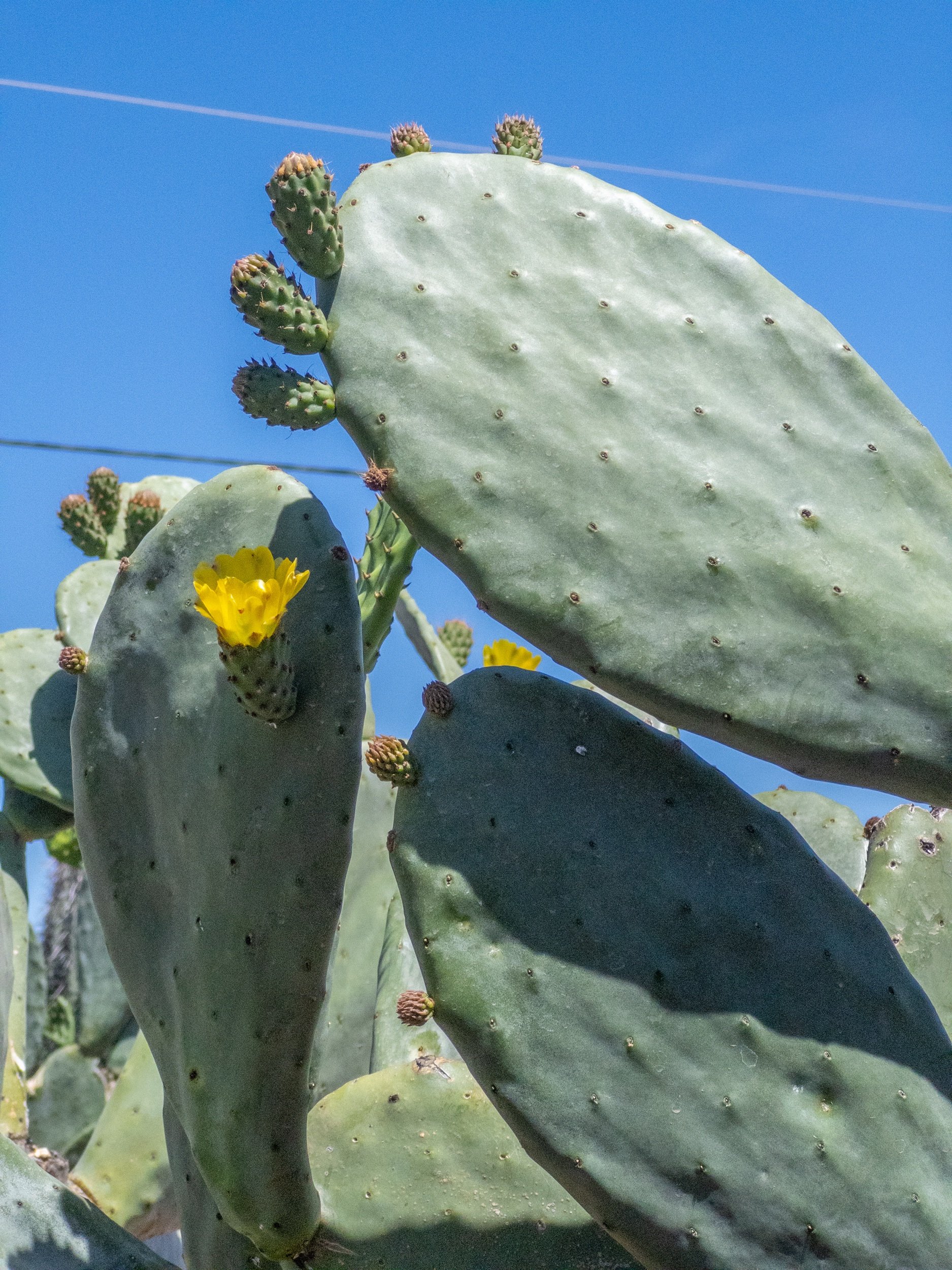 Image 5 of 5
Image 5 of 5






Nopal Cactus
Nopal Cactus – A Versatile Desert Delight
Discover the Nopal Cactus (Opuntia spp.), a vibrant prickly pear that’s as practical as it is picturesque. This hardy cactus forms sprawling clumps of flat, oval pads in lush green, sometimes tinged purple under stress, growing 2-4 feet tall and spreading 3-6 feet wide. Its pads bristle with small spines and tiny, barbed glochids, but in spring, it steals the show with brilliant yellow to orange flowers, followed by sweet, purplish-red fruits. A staple in desert gardens and kitchens, its edible pads and fruits bring authentic Southwestern flavor.
Care Snapshot:
• Sun: Full sun fuels its fire—6+ hours daily for bold colors and prolific blooms. Light shade is fine but may reduce flowering.
• Water: Built for drought—water deeply every 3-4 weeks in summer, letting soil dry out completely. In winter, water minimally or skip it.
• Soil: Thrives in gritty, well-drained soil—cactus mix or sandy loam keeps roots rot-free and content.
Ideal for xeriscapes, rock gardens, or edible landscapes, the Nopal Cactus shines in USDA zones 7-11, handling dry cold to 0°F (-18°C) when established—just avoid wet winters. Pollinators adore its nectar, while its fruits and pads are a culinary treat (harvest with care!). Handle with gloves to dodge glochids; non-toxic but irritating to pets or skin if mishandled.
Nopal Cactus – A Versatile Desert Delight
Discover the Nopal Cactus (Opuntia spp.), a vibrant prickly pear that’s as practical as it is picturesque. This hardy cactus forms sprawling clumps of flat, oval pads in lush green, sometimes tinged purple under stress, growing 2-4 feet tall and spreading 3-6 feet wide. Its pads bristle with small spines and tiny, barbed glochids, but in spring, it steals the show with brilliant yellow to orange flowers, followed by sweet, purplish-red fruits. A staple in desert gardens and kitchens, its edible pads and fruits bring authentic Southwestern flavor.
Care Snapshot:
• Sun: Full sun fuels its fire—6+ hours daily for bold colors and prolific blooms. Light shade is fine but may reduce flowering.
• Water: Built for drought—water deeply every 3-4 weeks in summer, letting soil dry out completely. In winter, water minimally or skip it.
• Soil: Thrives in gritty, well-drained soil—cactus mix or sandy loam keeps roots rot-free and content.
Ideal for xeriscapes, rock gardens, or edible landscapes, the Nopal Cactus shines in USDA zones 7-11, handling dry cold to 0°F (-18°C) when established—just avoid wet winters. Pollinators adore its nectar, while its fruits and pads are a culinary treat (harvest with care!). Handle with gloves to dodge glochids; non-toxic but irritating to pets or skin if mishandled.
Nopal Cactus – A Versatile Desert Delight
Discover the Nopal Cactus (Opuntia spp.), a vibrant prickly pear that’s as practical as it is picturesque. This hardy cactus forms sprawling clumps of flat, oval pads in lush green, sometimes tinged purple under stress, growing 2-4 feet tall and spreading 3-6 feet wide. Its pads bristle with small spines and tiny, barbed glochids, but in spring, it steals the show with brilliant yellow to orange flowers, followed by sweet, purplish-red fruits. A staple in desert gardens and kitchens, its edible pads and fruits bring authentic Southwestern flavor.
Care Snapshot:
• Sun: Full sun fuels its fire—6+ hours daily for bold colors and prolific blooms. Light shade is fine but may reduce flowering.
• Water: Built for drought—water deeply every 3-4 weeks in summer, letting soil dry out completely. In winter, water minimally or skip it.
• Soil: Thrives in gritty, well-drained soil—cactus mix or sandy loam keeps roots rot-free and content.
Ideal for xeriscapes, rock gardens, or edible landscapes, the Nopal Cactus shines in USDA zones 7-11, handling dry cold to 0°F (-18°C) when established—just avoid wet winters. Pollinators adore its nectar, while its fruits and pads are a culinary treat (harvest with care!). Handle with gloves to dodge glochids; non-toxic but irritating to pets or skin if mishandled.

